Worksheet Solutions: Grandmother’s Quilt | Worksheets with Solutions for Class 5 PDF Download
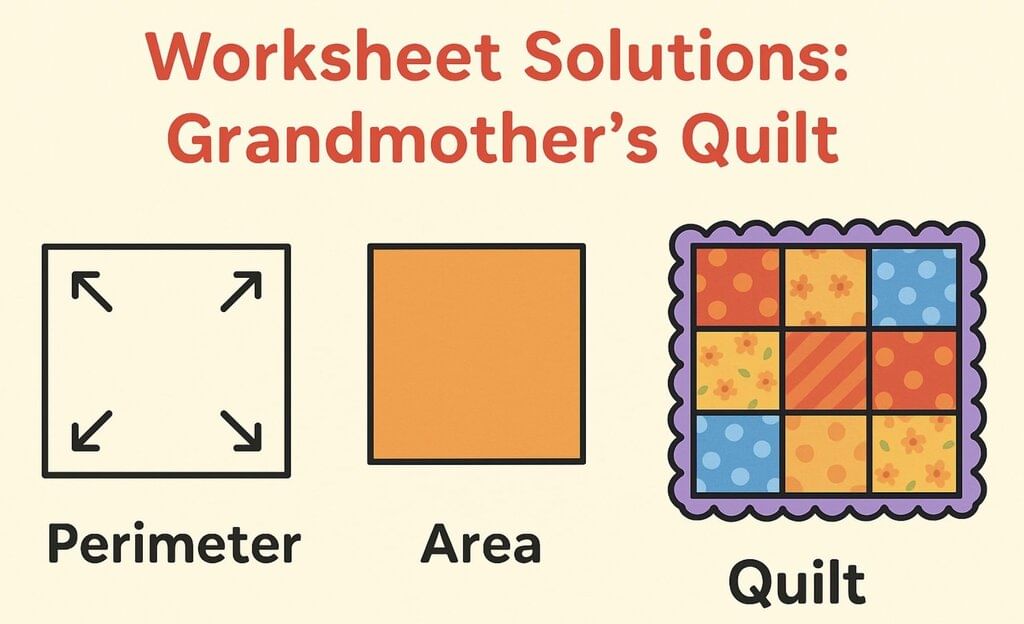 Q1: Find the perimeter of each of the following figures:
Q1: Find the perimeter of each of the following figures:
(i) Perimeter of the triangle is ______ cm.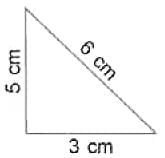 Ans: Perimeter = 5 + 3 + 6 = 14 cm
Ans: Perimeter = 5 + 3 + 6 = 14 cm
(ii) Perimeter of the square is ______ cm.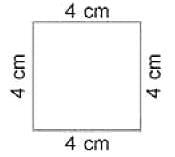 Ans: Perimeter = 4 × 4 = 16 cm
Ans: Perimeter = 4 × 4 = 16 cm
(iii) Perimeter of the square is ______ cm.
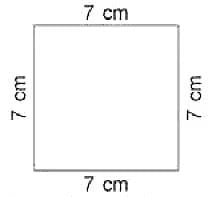 Ans: Perimeter = 4 × 7 = 28 cm
Ans: Perimeter = 4 × 7 = 28 cm
(iv) Perimeter of the rectangle is ______ cm.
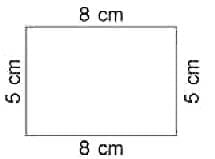 Ans: Perimeter =2 × (8 + 5) = 2 × 13 = 26 cm
Ans: Perimeter =2 × (8 + 5) = 2 × 13 = 26 cm
(v) Perimeter of the triangle is ______ cm.
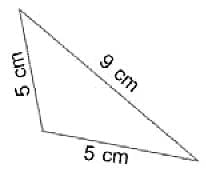 Ans: Perimeter = 5 + 5 + 9 = 19 cm
Ans: Perimeter = 5 + 5 + 9 = 19 cm
(vi) The perimeter of the rectangle is ______ cm.
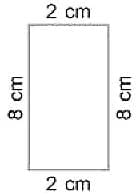 Ans: Perimeter =2 × (8 + 2) = 20 cm
Ans: Perimeter =2 × (8 + 2) = 20 cm
Q2: In the following figures, assume that each small square is 1 sq cm. Count the squares and find the area:
(i) Area = ______ sq cm.
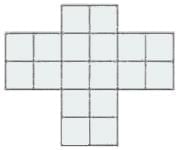 Ans: 18
Ans: 18
(ii) Area = ______ sq cm. Ans: 8
Ans: 8
(iii) Area = ______ sq cm. Ans: 8
Ans: 8
(iv) Area = ______ sq cm.
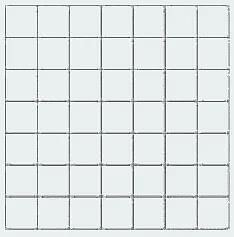 Ans: 49
Ans: 49
(v) Area = ______ sq cm.
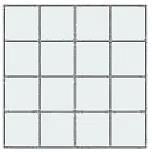 Ans: 16
Ans: 16
Q3: Find the area of the rectangle, whose:
(i) length = 5 m 8 cm, breadth = 3 m 75 cm
Ans: First convert to cm:
5 m 8 cm = 500 + 8 = 508 cm
3 m 75 cm = 300 + 75 = 375 cm
Now, Area = 508 × 375 = 1,90,500 cm²
(ii) length = 4 m 50 cm, breadth = 2 m 7 cm
Ans: Convert to cm:
4 m 50 cm = 400 + 50 = 450 cm
2 m 7 cm = 200 + 7 = 207 cm
Area = 450 × 207 = 93,150 cm
(iii) length = 1 m 5 cm, breadth = 90 cm
Ans: Convert to cm:
1 m 5 cm = 100 + 5 = 105 cm
Breadth = 90 cm
Area = 105 × 90 = 9,450 cm²
(iv) length = 125 m, breadth = 84 m
Ans: Area = 125 x 84 = 10500 m²
(v) length = 80 cm, breadth = 24 cm
Ans: Area = 80 x 24 = 1920 cm²
Q4: Find the perimeter of:
(i) The triangle whose sides are 8 em, 9 cm, and 12 cm.
Ans: Perimeter = 8 + 9 + 12 = 29 cm
(ii) The square whose side is 14 cm.
Ans: Perimeter = 4(14) = 56 cm
Q5: Find the area of the following rectangles:
(i) 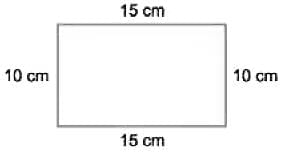
Ans: Area of rectangle = l x b
= 10 x 15 = 150 cm²
(ii)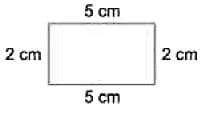 Ans: Area of rectangle = l x b= 2 x 5 = 10 cm²
Ans: Area of rectangle = l x b= 2 x 5 = 10 cm²
Q6: Find the area of the square, whose:
(i) side = 256 dm
Ans: 256 x 256 = 65536 dm²
(ii) side = 92 dm
Ans: 92 x 92 = 8464 dm²
(iii) side = 18m
Ans: 18 x 18 = 324 m²
(iv) side = 7 cm
Ans: 7 x 7 = 49 cm²
(v) side = 20 cm
Ans: 20 x 20 = 400 cm²
Q7: Find the area of the following squares:
Area of square = side x side
(i)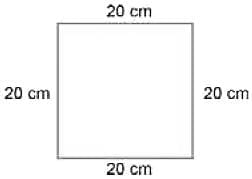
Ans: 20 x 20 = 400 cm²
(ii)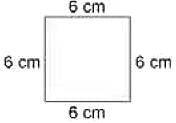 Ans: 6 x 6 = 36 cm²
Ans: 6 x 6 = 36 cm²
Q8: Find the area of a square whose perimeter is 4 cm.
Ans: Area = 4 x 4 = 16 cm²
Q9: Area of a rectangle = ______ x ______.
Ans: Length x breadth
Q10: Area of a square of side 1 cm = ______.
Ans: 1 x 1 = 1cm²
Q11: Area of a rectangle of dimensions 1 m and 2 m is ______ sq m.
Ans: 2
Q12: Area of a square = ______.
Ans: side x side.
FAQs on Worksheet Solutions: Grandmother’s Quilt - Worksheets with Solutions for Class 5
| 1. What is the significance of quilting in family traditions? |  |
| 2. How can beginners get started with quilting? |  |
| 3. What types of fabrics are best for quilting? |  |
| 4. What are common quilting techniques used by experienced quilters? |  |
| 5. How can quilting contribute to mental well-being? |  |
















